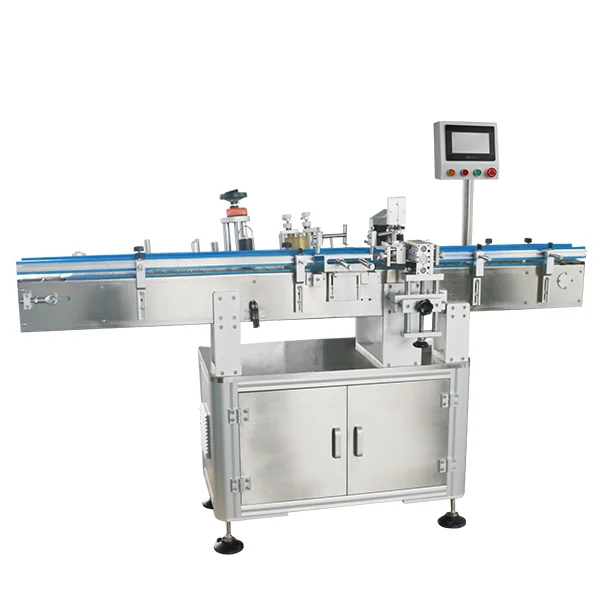Unveiling the Drawbacks: Three Key Disadvantages of Plywood in Construction and Design
Plywood has long been a staple in the construction and design industries, celebrated for its versatility, strength, and cost-effectiveness. However, like any material, it comes with its own set of disadvantages that can impact its suitability for specific applications. In this article, we will delve into three significant drawbacks of plywood, providing a comprehensive understanding for architects, builders, and designers who seek to make informed material choices.
- Vulnerability to Moisture and Humidity
One of the most critical disadvantages of plywood is its susceptibility to moisture and humidity. While some types of plywood are treated to resist water, standard plywood can warp, swell, or delaminate when exposed to excessive moisture. This characteristic makes it less suitable for environments with high humidity levels, such as bathrooms, kitchens, or outdoor applications.
When plywood absorbs moisture, it can lead to structural integrity issues. For instance, in construction, using plywood in areas prone to water exposure without proper sealing can result in significant long-term damage, necessitating costly repairs or replacements. Furthermore, the warping of plywood can compromise the aesthetic appeal of finished surfaces, leading to additional expenses in refinishing or replacing affected materials.
- Limited Load-Bearing Capacity
While plywood is known for its strength, it has limitations in load-bearing capacity compared to solid wood or engineered wood products like oriented strand board (OSB). The strength of plywood is derived from its layered construction, which provides stability and resistance to bending. However, when subjected to heavy loads or extreme stress, plywood may not perform as well as other materials.
This limitation is particularly relevant in structural applications where load-bearing walls, beams, or flooring systems are involved. In such cases, relying solely on plywood can lead to structural failures or safety hazards. Designers and builders must carefully assess the load requirements of a project and consider alternative materials that offer superior load-bearing capabilities when necessary.
- Environmental Concerns and Sustainability Issues
As the global focus on sustainability intensifies, the environmental impact of materials used in construction has come under scrutiny. Plywood is often manufactured using adhesives that may contain formaldehyde and other volatile organic compounds (VOCs), which can contribute to indoor air pollution and pose health risks. While many manufacturers are now producing low-VOC or formaldehyde-free plywood, these options can be more expensive and less widely available.
Additionally, the sourcing of wood for plywood production raises concerns about deforestation and habitat destruction. Unsustainable logging practices can lead to significant ecological damage, threatening biodiversity and contributing to climate change. As consumers and industry professionals increasingly prioritize sustainable building practices, the environmental footprint of plywood becomes a critical consideration in material selection.
Conclusion
While plywood remains a popular choice in construction and design due to its versatility and cost-effectiveness, it is essential to recognize its disadvantages. The material's vulnerability to moisture, limited load-bearing capacity, and environmental concerns highlight the need for careful evaluation when selecting materials for specific applications. By understanding these drawbacks, architects, builders, and designers can make informed decisions that balance performance, safety, and sustainability in their projects. As the industry evolves, exploring alternative materials and innovative solutions will be crucial in addressing these challenges and promoting a more sustainable future in construction.

